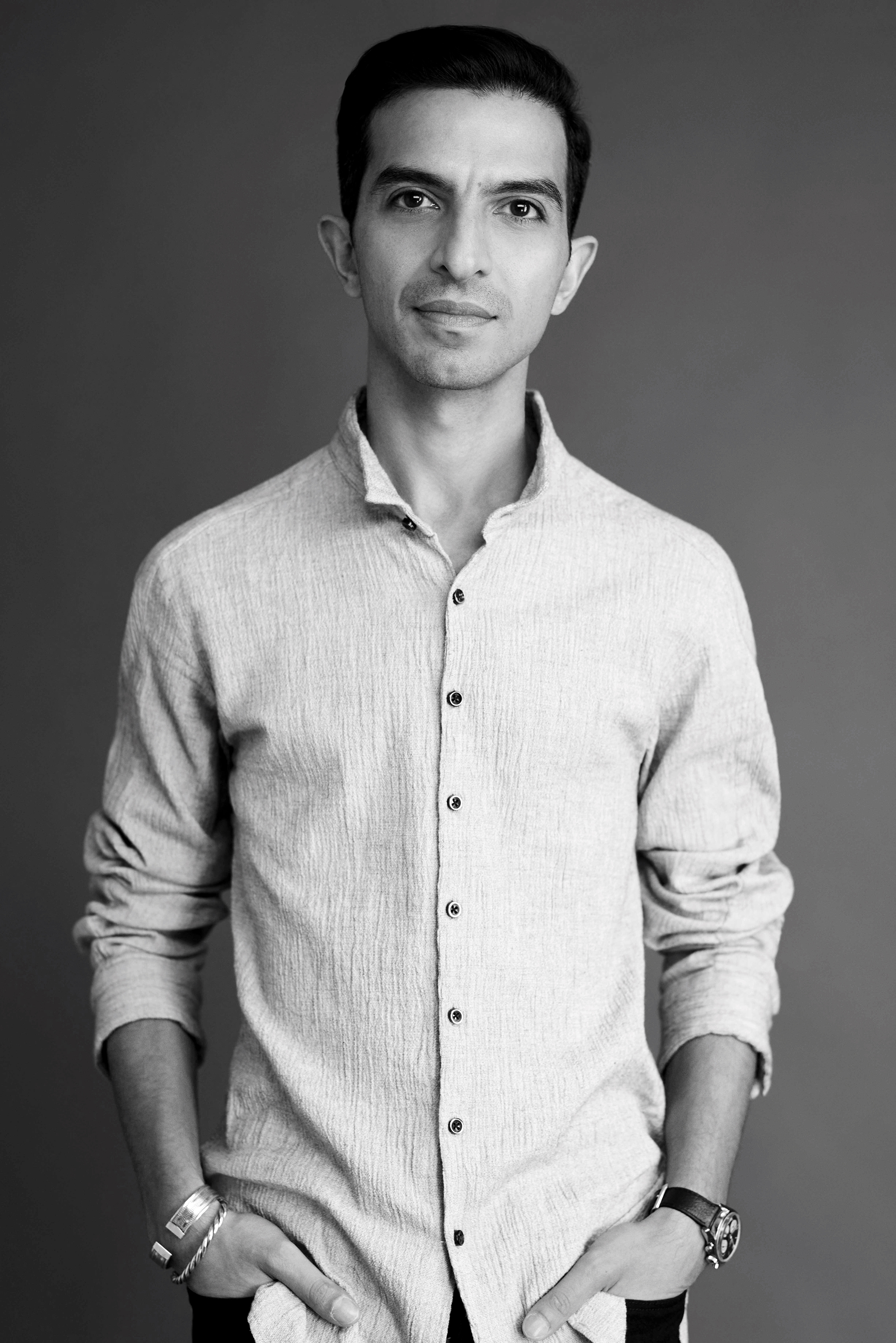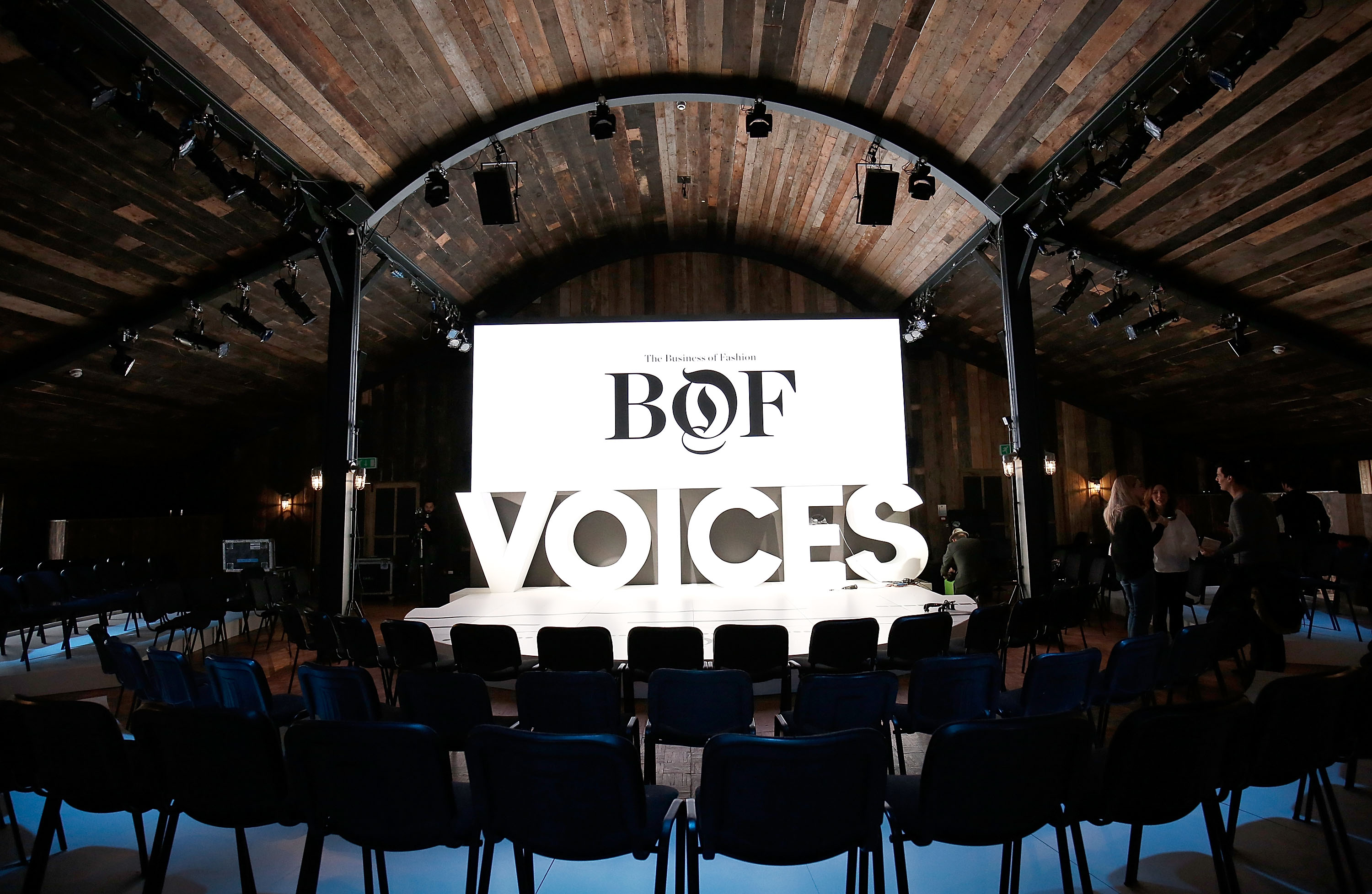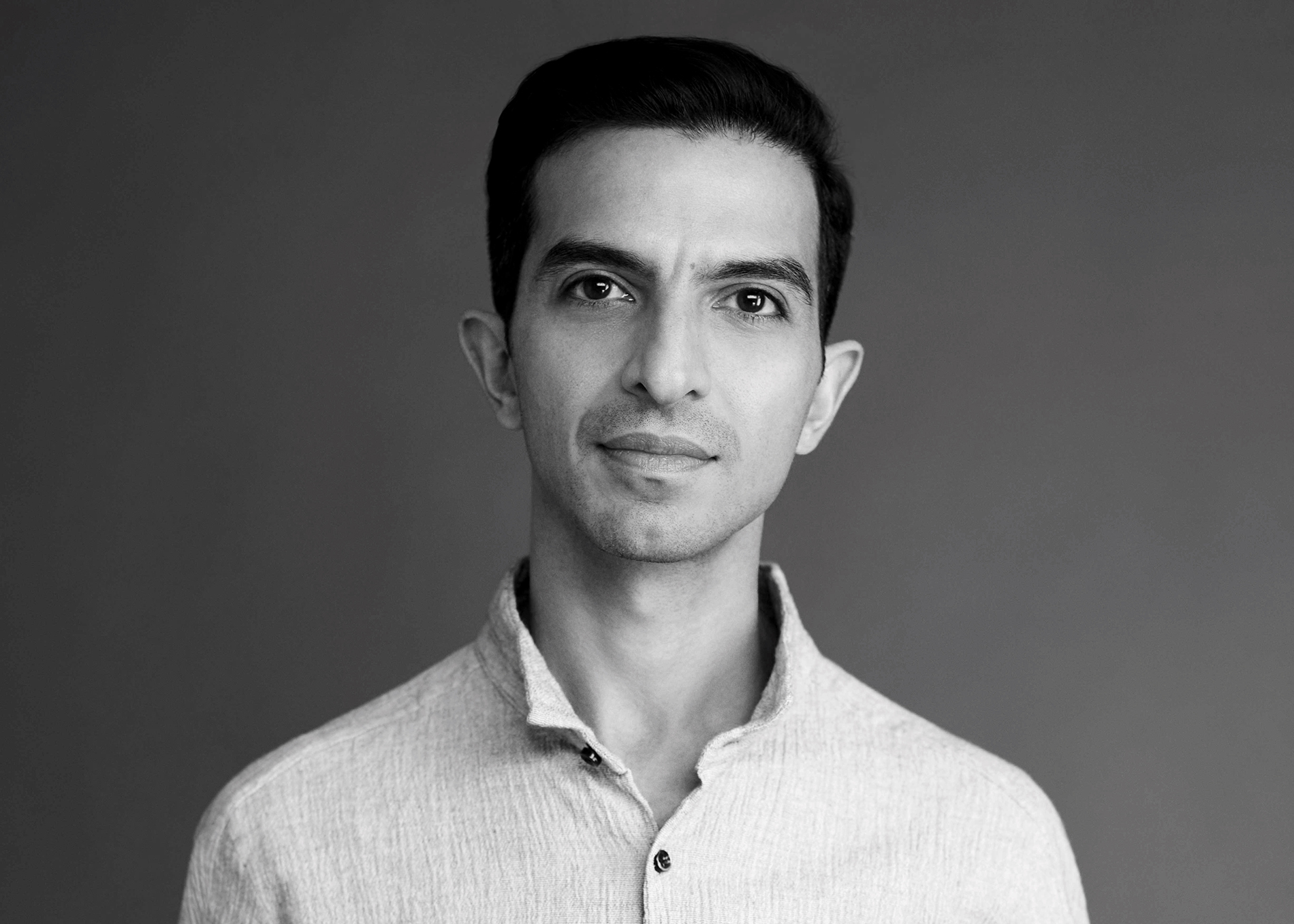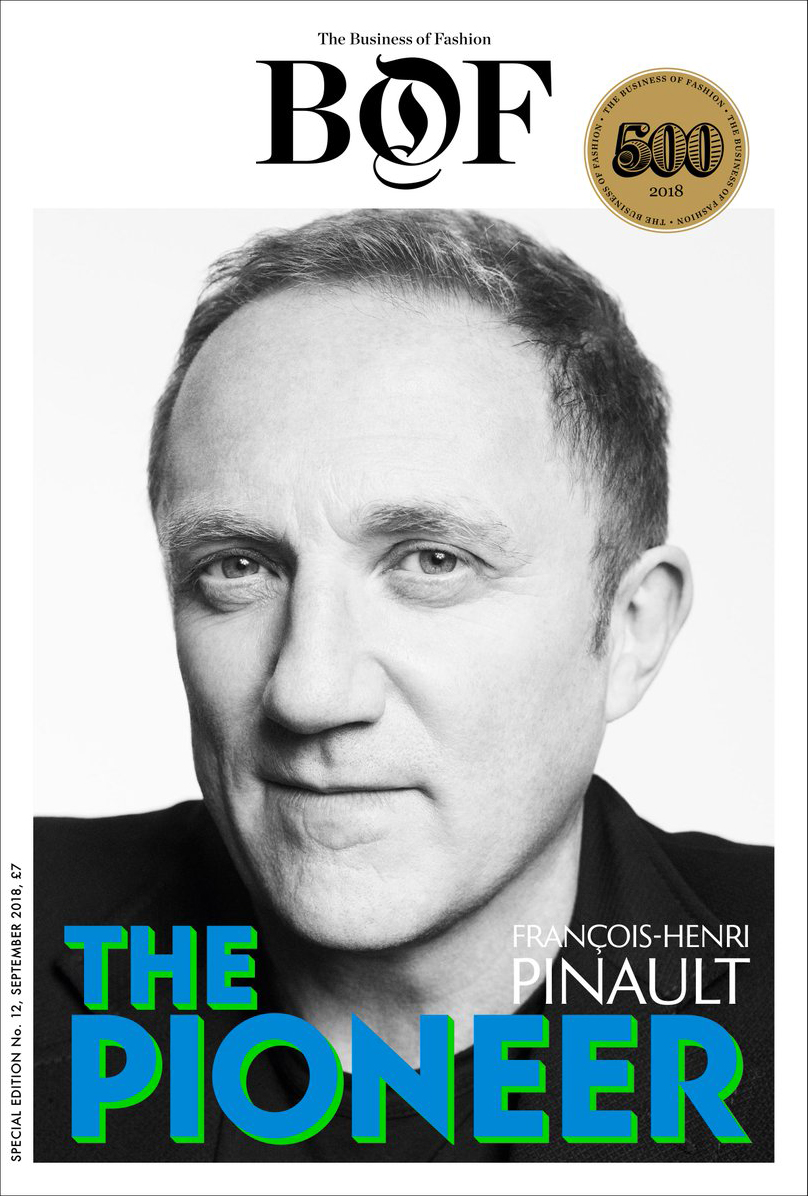With a keen sense of observation, curiosity, analytical thinking and a passion for aesthetics, Business of Fashion founder Imran Amed has reshaped the fashion communication landscape, and along the way helped to reshape the industry itself. The Impression’s Kenneth Richard catches up with Imran to discuss operating models, fashion and print, being solution-oriented and what is next.

Kenneth Richard: Imran, I think so many people know part of your story, like starting in Notting Hill, consulting for McKinsey. But I don’t know if people recognize how heavy a lift and how many years you put into building this global enterprise. I’m curious about some of the milestones from those early years.
Imran Amed: It’s really interesting because when you start something the way BoF started, as an innocent, slightly naïve project, everything develops gradually. It hasn’t been an overnight thing. It has been twelve years and since I started writing.
Kenneth Richard: Congratulations.
Imran Amed: Thank you. It’s funny, I don’t think about it in terms of milestones. There are certain moments along the way that I remember, but everything was so organic and so gradual.
Clearly, there was one big turning point that happened almost three years ago when I decided to stop doing all that other work and really focus on BoF full-time and started building a team. I think that was a really pivotal decision because I had prided myself on being a generalist. I enjoyed doing a lot of things and not having to choose or commit to anything. Making that decision to focus and really make a go of it was probably the single most important decision I made with regards to BoF. It meant that I was going to stop treating it as a side project and really try to develop it as a business. For so many years I had been writing about the business of the fashion industry and now, it was my first time facing some of the same challenges and decisions that designers in our industry have to face when they think about building their own businesses. So it is a little bit of a come to Jesus moment, if you will, and that was a key moment for me.
Kenneth Richard: What prompted that?
Imran Amed: It was a combination of things. Most importantly, I had reached a point where I only had one assistant who worked with me full-time. I did have some contributors and a managing editor who was working part-time out of New York. But, there was no infrastructure. The developers that I had hired to build the site were external. I didn’t know enough about technology. There was an overwhelming influx of inquiries, pitches, information, requests and speaking engagements. It had reached a point where I physically could not manage everything anymore. I had to make a decision as to whether it was worth continuing in its current form, or to stop it entirely, or to really try to take it seriously.
Then I started getting interest from investors. Without any real prompting or effort, people started approaching me and asking me what my intentions were or what my plans were. A lot of people were quite openly coming to me, asking to invest or help. It made me realize that other people saw something in it. When you start something the way I started, that kind of external affirmation is important. My mindset wasn’t that it was going to be a business, the mindset was that I love what I am doing and it is fun. I’m learning a lot and meeting really interesting people. I would like to continue this as long as I can.
Then, thirdly, as I began to put together a business plan and really start to reflect on the opportunity at hand, it excited me. I was very inspired and motivated to go and try to make it happen. I mean, it’s still in the early days and there is still so much we have to do. But years ago when I was trying to figure it all out, it felt like a really great professional challenge, a great entrepreneurial experience and a great way to continue something that I really enjoyed.
Kenneth Richard: You mentioned something earlier with regards to many people coming up to you and hoping for your success and looking to be a part of it, which I think is a gift. It’s not something that everybody has. What do you attribute that to?
Imran Amed: I don’t know. I have thought about that, because people have been extremely generous and supportive to someone like me, who came from outside of the industry and really had no business being here and doing this. The only thing I can think of is that it just offered something different that people didn’t have before and once people had it, they really appreciated it.
Kenneth Richard: I think it is more than that, Imran. Outside of the intelligence and analysis, you’re nice, and in our industry, niceness is a rarity that counts.
Imran Amed: That’s kind of you.
Kenneth Richard: So, outsiders. I think there’s a lot to create as an outsider. Do you feel like an insider now, or do you still feel, every once in a while, like you’re still an outsider looking in?
Imran Amed: I think part of me will always feel a little bit like an outsider in some respects. If you took the dictionary definition of an insider and outsider, I am definitely an insider in some ways now. I think having that sense of wonder on the one hand, and having a sense of perspective on the other hand, mixed with the experiences that I had from before I worked in this industry, really helped to create my perspective. Those things have formed my entire worldview. They shaped the website, they shaped our editorial content, they paved the way we recruit and build our team. They even paved the way we run the business, and they certainly are the lens through which I see this industry. I think it is that lens and that perspective that offers something different from the other media that covers this industry. Being an outsider is always going to be part of our voice and part of our perspective and point of view.
Kenneth Richard: I asked Glen O’Brien once how he would describe himself in terms of his role. Glen’s back story is phenomenal, but he considers himself a writer, so I’m curious how you consider yourself?
Imran Amed: I think of myself as a mixture between an analyst, a chronicler, an aesthete and an observer. I’m quite curious by nature, I’m constantly just looking around trying to figure things out, and this industry is such a fascinating, multifaceted, global, fast-paced industry. It offers someone like me such a rich source of material to work with. So I am a writer, I guess, in some respects, but I am not trained as a writer and it has taken me a very long time to develop my writing skills. I think being analytical, being observational, being curious, and really appreciating aesthetics are the things that define the way I look at fashion.
Kenneth Richard: It’s the same lens as on The Business of Fashion. Do you consider The Business of Fashion fashion media, or do you consider it something else?
Imran Amed: Part of what we do certainly is a media business, how we create content and approach an audience. But part of what we do is also building a technology business and a technology platform that connects and enables the industry to interact with each other, as in BoF Careers. The content is what drives the interest in BoF, it’s what engages our community. We can do other things in our business because we have that community around us.
Kenneth Richard: Let’s talk about the lens of what you see happening now. Where do you think the industry is shifting?
Imran Amed: Well, it is quite interesting. I think everyone kind of agrees that the way the industry is working right now, the current operating model of fashion, is just not working. But there hasn’t been enough discussion on how it should work or how it could work.
Kenneth Richard: Have you come to any conclusions?
Imran Amed:
The main conclusion that I’ve come to is that there is not going to be a single model for working. I think, just like we see in so many different industries, that there’s going to be a splintering of different operating models that will work for different businesses.
Kenneth Richard: Makes sense.
Imran Amed: All of us are facing the same challenges around the timing of the shows, around sustainability of flying around the world and of creating product, a lot of which just ends up on a sales floor. There are also challenges around the pace, whether that pace that we’re working at is sustainable. There is a myriad of problems that the industry has really been thinking about these last few months. I think the main insight after having spoken to lots of different people in the industry is that there will be multiple different operating models. It will be up to the businesses to figure out which of those models they will slot into. In a way, we already see that. If you go from the way Azzedine Alaïa runs his operation, how often he shows, the way he presents his clothes, the way he interacts with the industry, and you compare that on the other end to, say, Victoria’s Secret and the way they manage and the way they communicate and engage, you will see an entirely broad spectrum of activity.
Most of the industry is still working around the model of doing a couple of shows a year, having a pre-collection and multiple drops. I think that part of the industry, the part that is built around the existing fashion weeks, that is the part that is really broken. I think we’re already starting to see the signs of it. People will start splintering off and start doing things on their own outside that strict schedule.
There are a whole bunch of issues that are all mixed together. What we’ve tried to do in this issue, and I hope what people will get out of it, is that we’ve tried to unpack all the issues and lay them out. Then we suggest some of the different models that might work by talking to people who are starting to think differently.
Kenneth Richard: So let’s talk about your role, which we think about a lot, not just the role of exploring things, but also of helping. Why?
Imran Amed: I think it may be the former management consultant in me. I like to look at complex problems and try to figure out how to solve them. I’m not suggesting that we are going to come up with all the answers, because that would be overstating it. Our goals are to foster discussion and debate and to get people to start talking about these issues. If we can spark that, then that’s great.
Kenneth Richard: An issue that some ask me about is fashion media or new media. Do you have any thoughts on what you think is going to happen out there in the landscape?
Imran Amed: I mean, there have already been some closures. They’re shutting down some of the publications that have defined the fashion landscape recently, like Lucky magazine and Details. I don’t think these will be the last ones. I think that there is a host of print magazines out there for audiences that are spending more and more time on digital devices. At the same time, I do think there is a future for print magazines. I just think there’s going to be fewer of them and they’re going to serve a different purpose. So it’s not the end of print, but it’s definitely in a major transitional moment.
Kenneth Richard: Right, no question. Anything you’re looking forward to this year, after the launch of this issue?
Imran Amed: I’m really looking forward to our global gathering of industry leaders in December, Voices. We love to create the opportunity for the industry to interact and connect and this is one of the best ways that they can do that in person.

Kenneth Richard: Thanks for the time, Imran, and looking forward to hearing more Voices.
Imran Amed: Thanks, Kenneth.


